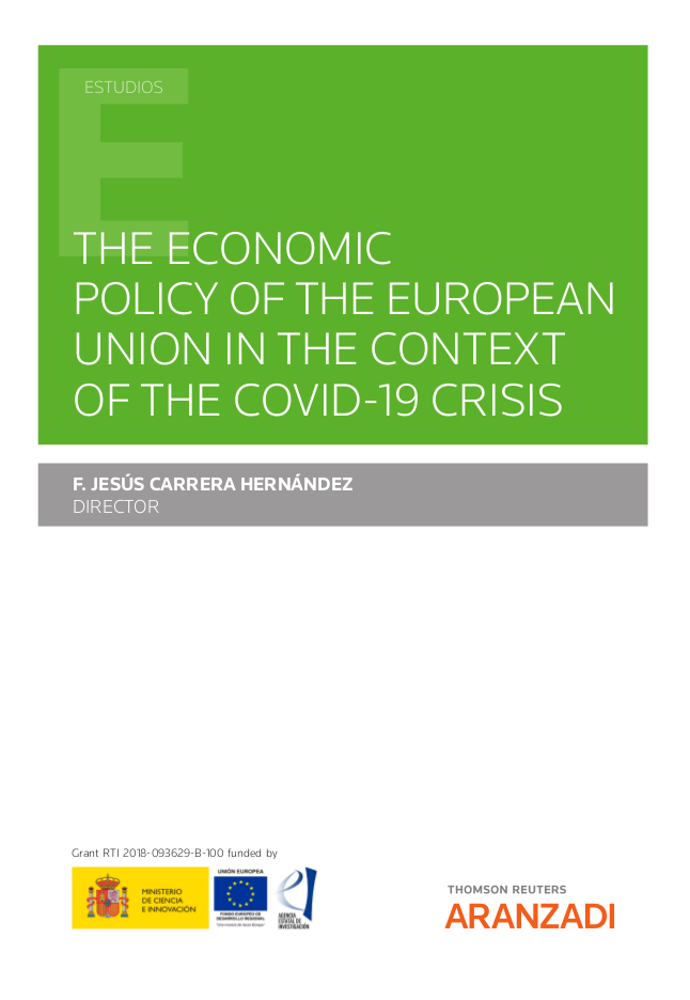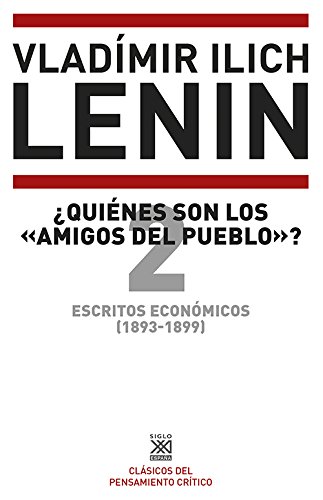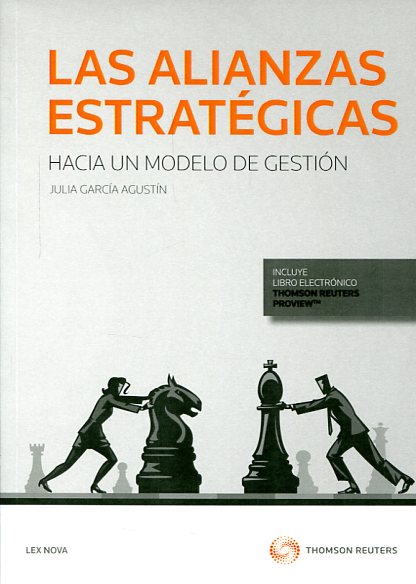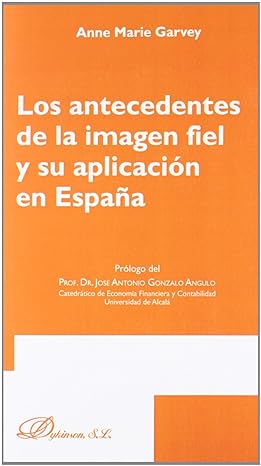The book, in collective format, aims to analyze the instruments adopted in the EU within the framework of its economic policy to deal with the pandemic. The recovery instrument and the recovery and resilience mechanism are analyzed essentially, but also other measures adopted by the European Central Bank, the European Investment Bank and the ESM (European Stability Mechanism). It is a relevant work that addresses unpublished aspects of the EU’s economic policy in the context of the pandemic and the approval of the new Decision on own resources. It is a fundamental work to understand the set of measures adopted during the last two years.
1. INTRODUCTION
Over the last years, the Spanish Ministry of Science and Innovation has granted the University of La Rioja several national research projects focused on the study of the legal-institutional aspects of the economic governance of the European Union.
The third of these projects, entitled “The organic-institutional and procedural articulation of the economic policy of the European Union in the context of the debate on the deepening of EMU and the future of Europe (AIPFE)”, is currently underway, and within the framework of which this monograph is being published.
During these years, we have had the opportunity to study the main measures that have been approved in order to face the crises that have most strongly affected this policy: the reform of the Stability and Growth Pact (SGP); the introduction of the Macroeconomic Imbalances Procedure (MIP) and the European Semester; the creation of the European Stability Mechanism (ESM) and other previous instruments aimed at establishing financial solidarity in the EU; the Treaty on Stability, Coordination and Governance in the EMU (TSCG)…
All of this has allowed us to deduce that the penultimate crisis, the financial crisis that began in 2008, acted as a catalyst for undertaking reforms that have made it possible to deepen the development of the economic dimension of the EMU1. It can be said that, had this crisis not occurred, the economic policy of the European Union would not have been able to equip itself with a large part of the instruments that we currently have.
Although these instruments are not the best, they represent an important evolution in terms of coherence and effectiveness in terms of the coordination of national economic policies, but they have also made it possible to improve solidarity between the Member States to financially support States that they find themselves facing unfavorable situations.
However, financial assistance (solidarity) between the Member States dates back to the 1970s. Back then, we had a financial assistance mechanism that allowed the Member States to grant credits to other partners experiencing balance of payments difficulties. The instrument currently in force, which has evolved from the initial one, is included in Regulation (EC) 332/20022. It is a mechanism designed to be applied in favor of the Member States that are not part of the Eurogroup. Its sole mode of action consists of EU loans financed in the capital markets, with a loan capacity of 50,000 million euros. As CLERC has pointed out, the exclusion of the Eurogroup member states from this mechanism is justified because they would have a common balance of payments, although it was not perceived that these same states might have future financing problems in the capital markets and, therefore, no financial assistance mechanism applicable to Eurogroup states was created3.
Later, the Maastricht Treaty introduced article 122.2 of the TFEU to enable financial assistance to be provided to the Member States in the event of difficulties or serious risk of severe difficulties in a Member State caused by natural disasters or exceptional events beyond the State’s control. Without denying its relevance, this provision does not allow the creation of permanent assistance instruments but is intended to act on an exceptional or temporary basis. In practice, exceptional events have been those that occurred during the previous financial crisis (giving rise to the European Financial Stabilization Mechanism, EFSM) and, more recently, the events experienced since the beginning of the pandemic (which has allowed the approval of the SURE and the Instrument for recovery, demonstrating that there were no mechanisms adopted ex art. 122.2 of the TFEU to address the health crisis from the EU)4. It should not be forgotten that the ESM, although a permanent mechanism, has proved to be very insufficient and ineffective in the current crisis, and is not an application of art. 122 of the TFEU but rather an extra-community mechanism in the hands of the Member States5.
Therefore, in terms of solidarity, the health crisis that began in 2020 has revealed that the instruments that had been created were not enough to confront large-scale economic crises with solvency, especially if it is a question of equipping ourselves with permanent instruments that exist right at the moment they begin. For this reason, and without prejudice to other measures previously adopted, the COVID-19 crisis has steered the political debate towards Next Generation, triggering an extraordinary increase in the EU budget and offering support through loans and grants. Behind all this is the desire to strengthen financial solidarity between the Member States, but again in a temporal dimension. The problem for the future persists, in the sense that we still do not endow ourselves with permanent instruments in the hands of the EU to deal with the coming crises.
The health crisis unleashed by the SARS-CoV-2 coronavirus has had important consequences from very different points of view, causing the suspension or relaxation of the application of different essential components of various community policies (Schengen area and rules on State aid6). In relation to the thematic areas closest to the content of this monograph, it is worth mentioning the relaxation of budgetary discipline rules and the need to temporarily rethink the application of some existing instruments. Thus, the application of the Stability and Growth Pact (SGP) has been made more flexible by excluding the budgetary effect of the specific fiscal measures adopted to counteract the effects of the crisis, allowing for specific exceptional expenses such as specific expenses. The clause on “unusual circumstances beyond the control of the Government” has been implemented, so that Member States may temporarily deviate from the necessary budgetary adjustments in relation to health-related expenses or those intended to compensate companies and workers, provided they are related to COVID-19, and the general exception clause, which suspends the recommended budgetary adjustment in the event of a severe economic recession7, has been implemented for the first time.
Furthermore, the pandemic has come at a complex time in which the EU was in the process of approving a new multiannual financial framework for the next seven years. It has also been interspersed with the process of deepening the EU’s economic policy, which began years ago, and with the opening (delayed and shortened for the same reasons) of the Conference on the future of Europe, in which the design of the future economic policy must play a fundamental role. In fact, if on the occasion of the presentation of its report on the six+two pack, in February 2020, the European Commission decided to open a public debate on the review of economic governance8, this debate, still pending, has been redirected in part as a result of the impact of the pandemic, which has forced the Commission to prepare a new Communication in October 20219.
With this monograph, we intend to explain a large part of the measures adopted by the EU aimed at strengthening financial solidarity in order to provide assistance to the Member States in the context of the health crisis and the set of circumstances present when it began. To understand the structure and content of this collective work, it is necessary to remember that these measures have been adopted in three stages.
The first measures, by way of immediate action, were adopted in March 2020. Overall, their execution has required the approval of several EU amending budgets and the amendment of the Regulation on the Multiannual Financial Framework (MFF) for the period 2014-2020 to increase the ceilings for commitment credits10. They broadly correspond to the Coronavirus Response Investment Initiative, which has made it possible to target, during 2020, 37,000 million euros of cohesion policy to finance part of the measures adopted at national level. In this way, the Commission decided not to request the reimbursement of unspent pre-financing corresponding to the European Structural and Investment Funds, and 28,000 million euros were allocated to support health systems, provide liquidity to companies and contribute to support schemes to workers and self-employed11. The flexibility instrument and the contingency margin were also mobilized in order to finance immediate measures in the context of the crisis12. Similarly, the EU Solidarity Fund has been extended to allow public health crises to be included in its scope through Regulation 2020/46113.
These measures have been accompanied by other actions from the European Investment Bank14 and, above all, the European Central Bank15, even the banking package16.
In order to provide an overview of the main financial support measures adopted in the aftermath of the pandemic, two chapters of this monograph will be dedicated to the study of these issues, beyond this introductory chapter. Thus, the role played by the European Investment Bank during the pandemic is studied by Professor Ariadna Salazar Quiñonez, from the Universidad Iberoamericana (Mexico). Professor Jorge Urbaneja Cillán, from the University of Alicante, analyzes the measures related to the Banking Union, in a chapter that also describes the actions deployed by the ESM, within the framework of the instruments implemented in a second phase.
After the first (immediate) measures were adopted, a group of nine Member States addressed a letter to the President of the Council requesting to work towards the introduction of a common debt instrument (corona bonds or similar)17. It was the beginning of a very tense and extensive debate in which the axis formed by Germany, Italy, France and Spain, although not only, clashed with a frontal position especially of the so-called four frugal states (Austria, Sweden, Denmark and the Netherlands, but also Finland), led by the Netherlands and, closely, by Austria. In the time frame following the aforementioned Charter, many unknowns have been cleared up and various instruments have been adopted. From this point of view, we can differentiate between two phases that have given rise to the triple safety net and the recovery instrument.








